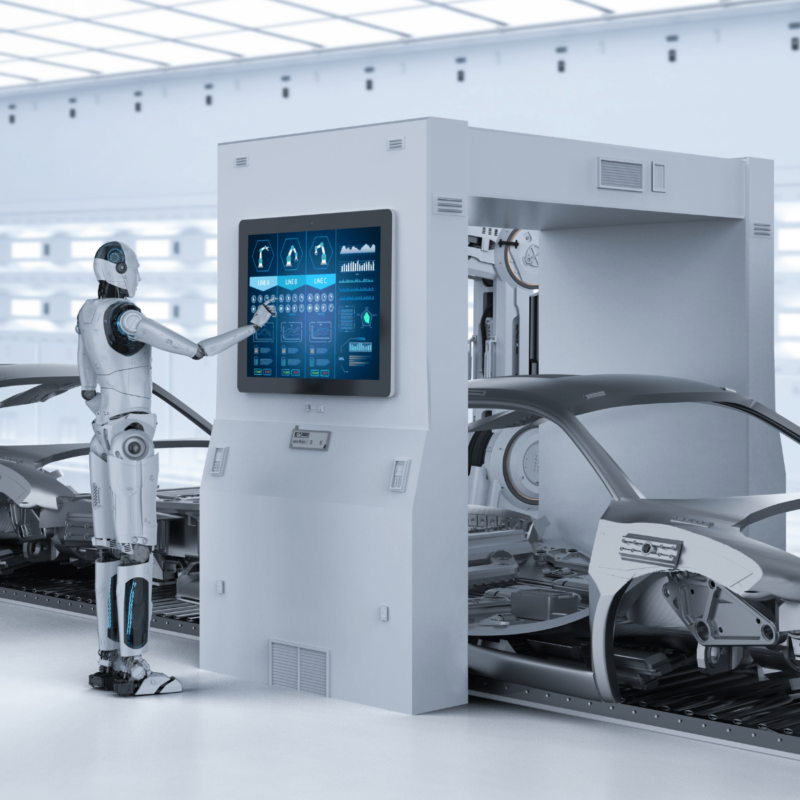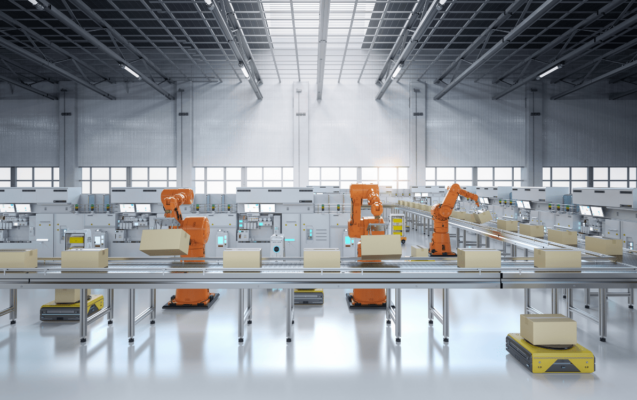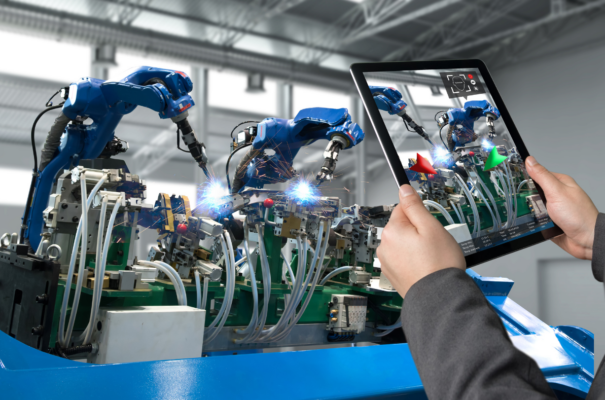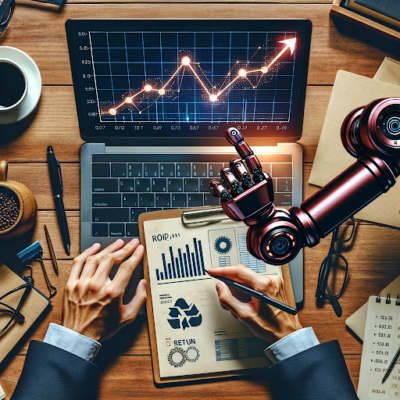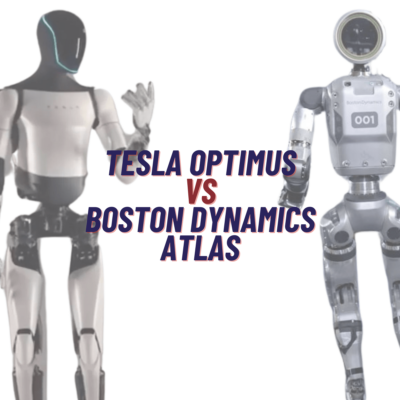When you hear “humanoid robot,” think of a machine designed to mirror human appearance and behavior. These robots walk on two legs, use their arms to carry out tasks, and have heads equipped with cameras and sensors to see and interact. This guide will introduce you to the exciting world of humanoid robots, covering everything from their design to their diverse applications. You’ll discover how they’re not just products of science fiction but are playing increasingly significant roles in industries like healthcare, manufacturing, and even entertainment.
Let’s dive into what makes these humanoid robots truly remarkable.
What is a Humanoid Robot?
A humanoid robot is essentially a robot that resembles a human, not just in looks but also in actions. Just imagine a machine that can walk on two legs, manipulate objects with hands, and use sensors that mimic human senses like sight and touch. These robots are engineered to operate in environments designed for humans.
Why build robots to look like us? The main goal is to interact with the tools and spaces humans already use. For instance, humanoid robots perform tasks that involve climbing stairs, opening doors, or using tools, which are straightforward for humans but challenging for differently shaped robots.
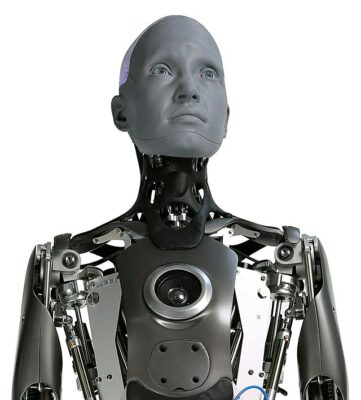
3 Key Features of Humanoid Robots:
1. Physical Attributes:
Humanoid robots are designed to look and move like humans. They have two legs to walk or run, arms and hands to grab and manipulate objects, and a head that often contains cameras or sensors. This design helps them to fit seamlessly into environments made for humans.
2. Sensory Systems:
These robots use sensors to interact with the world. Cameras help them see and recognize things, touch sensors let them handle objects gently, and sometimes they even have microphones to hear sounds. This allows them to perform tasks like recognizing people, avoiding obstacles, and understanding spoken commands.
3. Mobility & Manipulation:
Humanoid robots can move in ways similar to humans. They can walk, climb stairs, and keep their balance in tricky situations. They can also use their hands to do a variety of jobs, from simple tasks like turning a knob to more complex ones like assembling machinery. This makes them versatile helpers in many different environments.
4 Main Applications of Humanoid Robots:
1. Industrial & Manufacturing Uses:
Humanoid robots are changing the game in factories and workshops. Thanks to their human-like hands and ability to move around obstacles, they can handle complex tasks that require precision and flexibility. They’re perfect for jobs like assembling small parts, handling delicate materials, or working in environments unsafe for humans. Their adaptability makes them invaluable in modern manufacturing.
2. Healthcare & Medical Assistance:
In healthcare, humanoid robots are stepping in to help with patient care, surgeries, and rehabilitation. They assist in lifting and moving patients, which reduces strain on medical staff. Some are even equipped to perform surgical tasks under the guidance of human doctors. During rehabilitation, these robots support patients with physical exercises, helping them recover more effectively.
3. Research & Education:
Universities and research institutions use humanoid robots to study robotics and human-robot interactions. These robots serve as tools for teaching programming, mechanics, and electronics, providing hands-on experience in a controlled setting. They also help researchers understand how robots and humans can better cooperate.
4. Consumer & Entertainment:
For personal use, humanoid robots offer assistance, companionship, and entertainment. They can perform household tasks, interact with family members, and even participate in or create games and shows. Their ability to engage with humans on a personal level makes them increasingly popular in homes and entertainment venues.
4 Benefits of Humanoid Robotics:
1. Enhanced Productivity in Workplaces:
Humanoid robots can handle repetitive tasks tirelessly, which boosts efficiency in workplaces. They work non-stop, making production lines faster and more reliable, which helps businesses get more done in less time.
2. Support in Healthcare:
In medical settings, humanoid robots assist by doing routine tasks and helping in surgeries, which eases the workload on healthcare staff. They also play a key role in rehabilitation, helping patients recover more effectively with consistent support and exercises.
3. Educational Advancements:
Humanoid robots are great learning tools in classrooms and labs. They allow students to directly interact with advanced technology, making it easier to understand and apply complex concepts in robotics and AI. This hands-on experience can inspire students and enhance their learning.
4. Personal Assistance & Companionship:
At home, humanoid robots help with daily tasks like cleaning and organizing, which can be a big help especially for those who need extra assistance, like the elderly. They also provide company, offering interactions that can reduce loneliness and boost mental well-being.
3 Main Challenges in Using Humanoid Robotics:
1. Technical Challenges:
Humanoid robots face big challenges in staying balanced and moving smoothly. They need to walk and adapt to different surfaces without falling, which is tough because they’re built like humans, not stable machines with wheels. Navigating complex spaces filled with obstacles is another difficult task for them, as they struggle to recognize and react to objects as quickly and easily as humans can.
2. Ethical Concerns:
As humanoid robots become more common, they raise serious ethical issues. They could replace human jobs, leaving many without work. There’s also the risk of invading personal privacy, as robots in homes and public areas may continuously collect data about people’s activities and interactions. Additionally, the increasing presence of robots could change the way people interact with each other and with technology.
3. Cost & Accessibility:
The technology needed to build humanoid robots is very expensive. This high cost means that not everyone can afford these robots, whether it’s businesses wanting to use them or people interested in having robotic help at home. Until it becomes cheaper to make and buy these robots, they will remain a luxury for most, limiting their widespread use and benefits.
Top 10 Most Popular Humanoid Robots:
1. ASIMO by Honda:
Honda’s ASIMO, known for its advanced mobility, can walk, run, and navigate stairs independently, making it a pioneer in humanoid robotics.
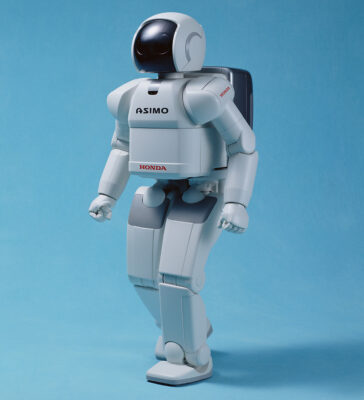
2. Atlas by Boston Dynamics:
Atlas stands out with its exceptional balance and agility, capable of performing complex outdoor maneuvers and even backflips.
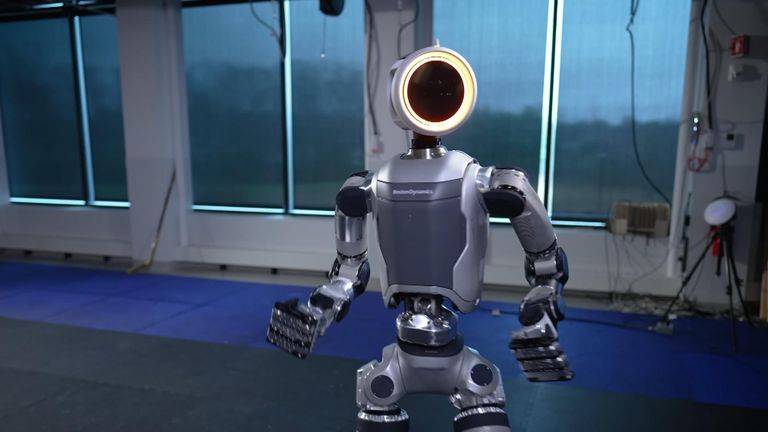
3. Pepper by SoftBank Robotics:
Pepper is designed for interacting with people, often used in customer service to greet and assist shoppers in stores.
4. APOLLO by Apptronik:
APOLLO is a 1.73m, 72.6kg humanoid robot with a 4-hour battery life and 25kg payload, suited for diverse manual and service tasks.
5. Sophia by Hanson Robotics:
Sophia has gained fame for her human-like appearance and ability to process and display emotions, making her a media favorite.
6. Robonaut by NASA:
Developed by NASA, Robonaut is designed to assist astronauts on space missions, capable of handling tools and working in harsh environments.
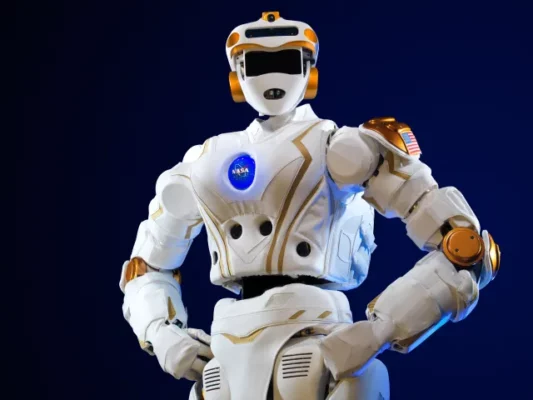
7. FIGURE 01 by Figure:
FIGURE 01 is a 1.68m, 60kg humanoid robot with a 5-hour runtime and 1.2m/s speed, designed for diverse tasks in manufacturing and logistics.
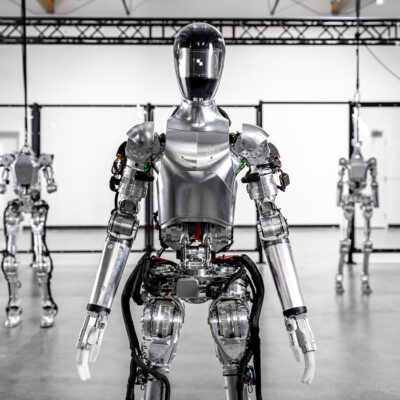
8. Ameca by Engineered Arts:
Ameca is an advanced humanoid robot with a modular design and cloud connectivity, featuring lifelike motion, ideal for human-robot interaction.
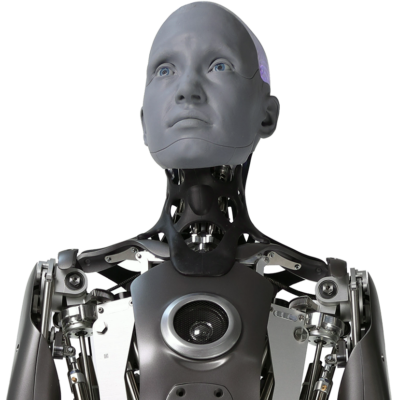
9. Digit by Agility Robotics:
Digit is a bipedal robot standing 1.75m tall with a 15.88kg capacity. It navigates like a human, adapting to warehousing infrastructure and ensuring safety for industrial use.
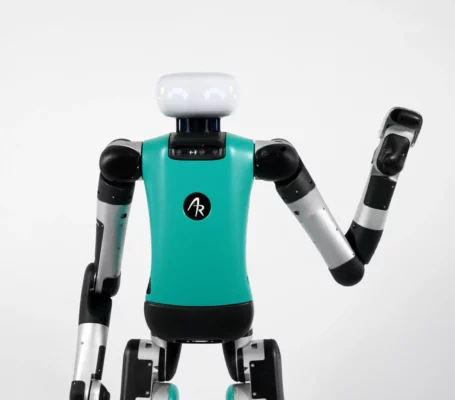
10. Optimus by Tesla:
Tesla’s Optimus is a recent entry into the humanoid robot scene, designed to perform both simple and complex tasks, aiming to revolutionize labor-intensive industries with its advanced AI and automation capabilities.
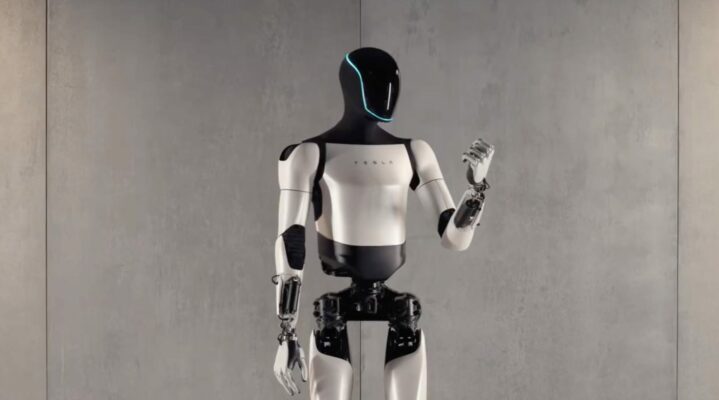
Future of Humanoid Robots:
Technological Advancements:
The next few years will bring big changes to humanoid robots. We can expect better artificial intelligence (AI) that makes these robots smarter and more independent. They’ll learn on their own and make quick decisions. New materials will make robots lighter and tougher, letting them work in various settings more effectively. Also, advancements in robotics will improve their movements, making them more like humans.
Increasing Human-robot Collaboration:
Humanoid robots will be more common in everyday life. At work, they’ll team up with people, combining their skills for better results. At home, expect robots that do more complex tasks and offer personal help, like teaching or caring for the elderly.
Regulatory & Ethical Considerations:
As humanoid robots become more usual, we’ll need new rules and ethical guidelines to manage them. These might include safety standards, privacy protections, and rules to ensure robots don’t cause harm. We’ll also need to think about the rights of robots as they become more advanced and consider how these changes affect society.
Conclusion:
Humanoid robots are more than futuristic ideas—they’re already changing how we work and live. With their human-like abilities, they handle complex tasks, interact with people, and help out both at home and at work. While there are still challenges to overcome, advances in technology are continually improving their skills. As these robots become smarter and more common, they offer new ways to innovate and boost efficiency in our everyday lives. Watch how humanoid robots keep evolving and becoming an even bigger part of our world.
Are You Looking to Find Out More About Humanoid Robots?
Are You Looking for a System Integrator?
Visit Qviro
